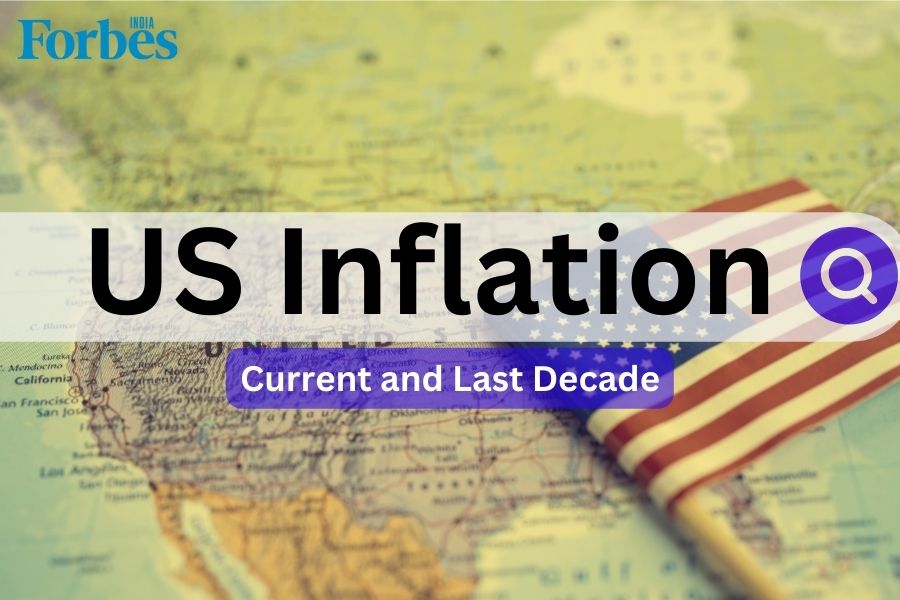
US inflation rate by year: 2012 to 2023
Discover a decade of US inflation rate fluctuations and impacts on business cycles. Further, explore the current US inflation rate data

The United States is the world's largest economy, which means it has a significant impact on global finance as a whole. Inflation in the US can affect the value of the US dollar, which, in turn, can impact exchange rates, international trade, and global investments. This can influence the economic stability and growth prospects of other countries.
Accurate and timely US inflation rate data analysis is crucial for making informed financial decisions and adapting to changing economic conditions.
Average US inflation rate data: A look at the last year's fluctuations
Although the United States has maintained a consistent inflation rate since the 1980s, inflation reached unprecedented levels in 2021 and 2022 as a consequence of the COVID-19 pandemic.
In December 2021, the yearly US inflation rate data stood at 7.0 percent. This was because of the accommodative policies followed by the Federal Reserve in response to the economic challenges posed by the pandemic. Factors such as supply chain disruptions, increased consumer demand, and rising energy prices also played a role in this inflationary trend.
However, as the year progressed, the Fed began tapering its stimulus measures, gradually dampening inflationary pressures. Inflation decreased to 6.5 percent by the conclusion of 2022.







